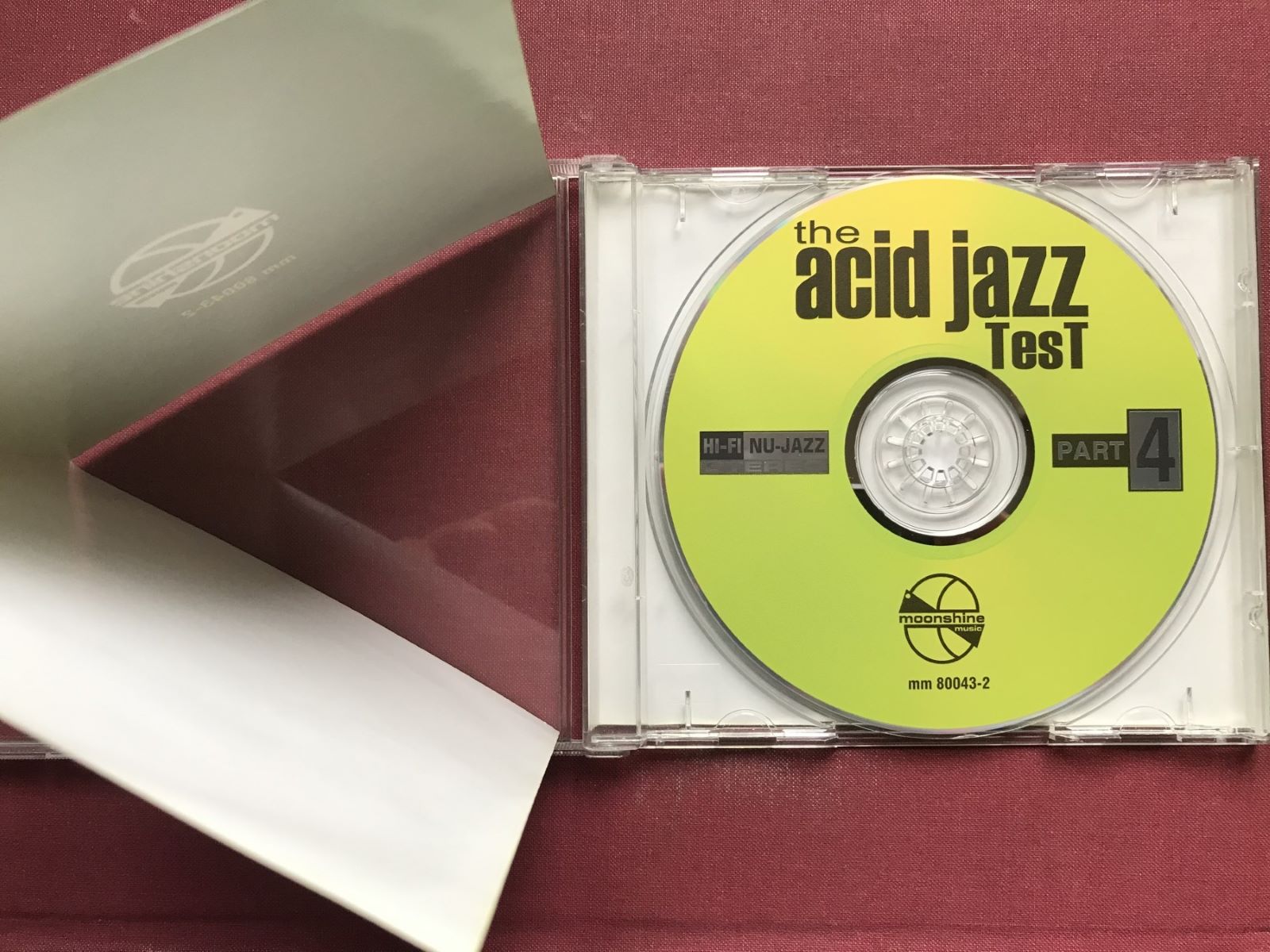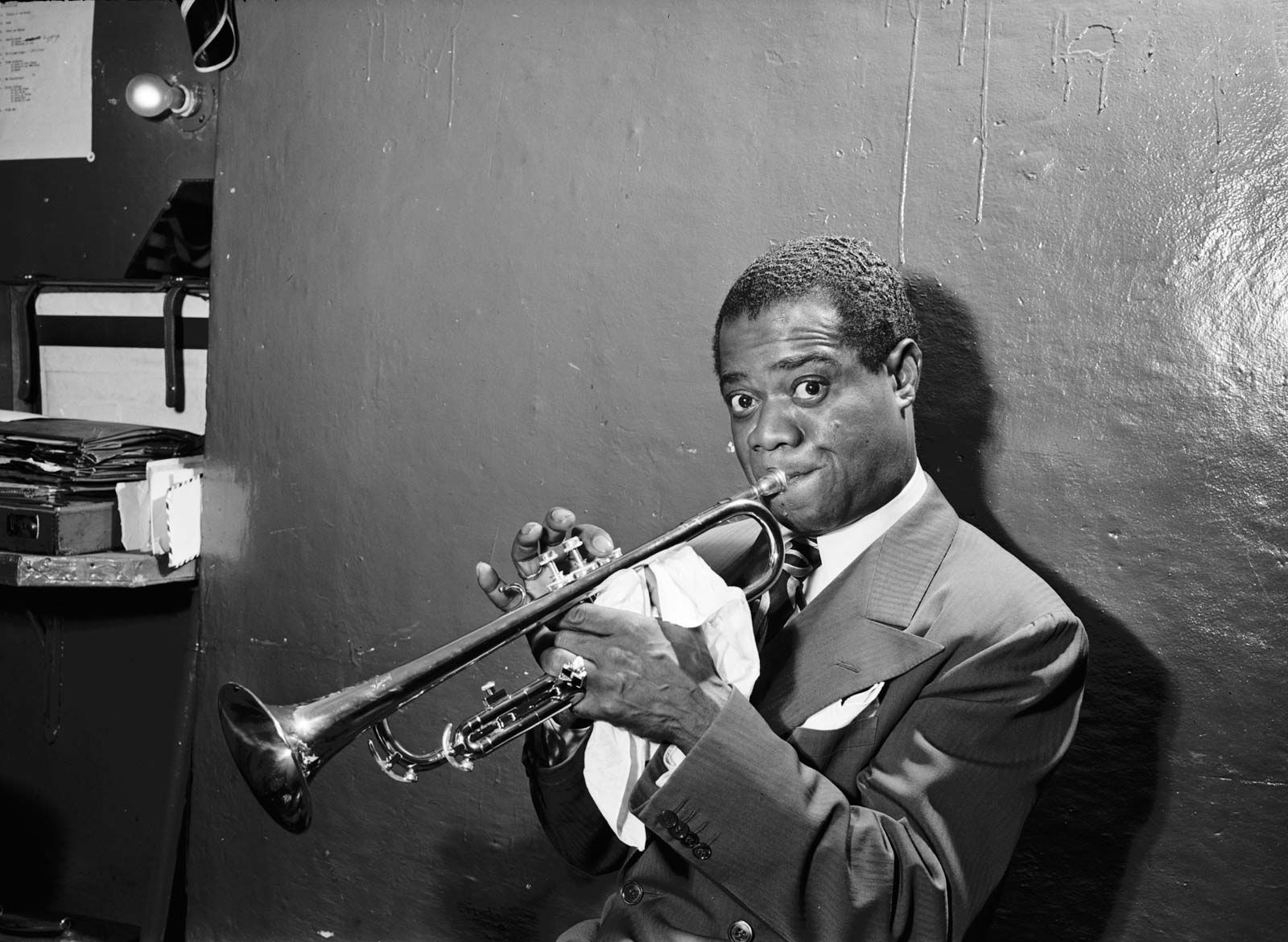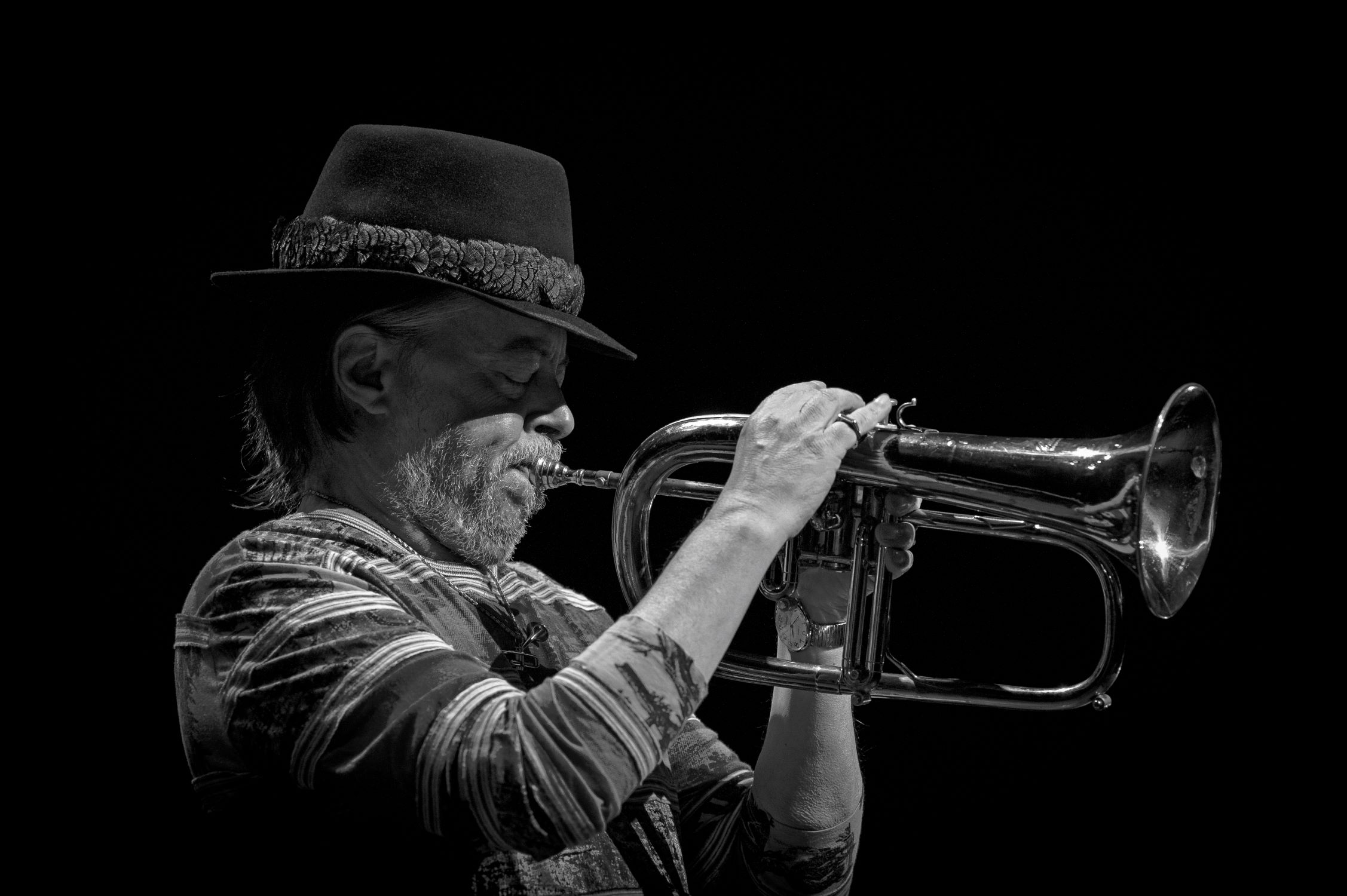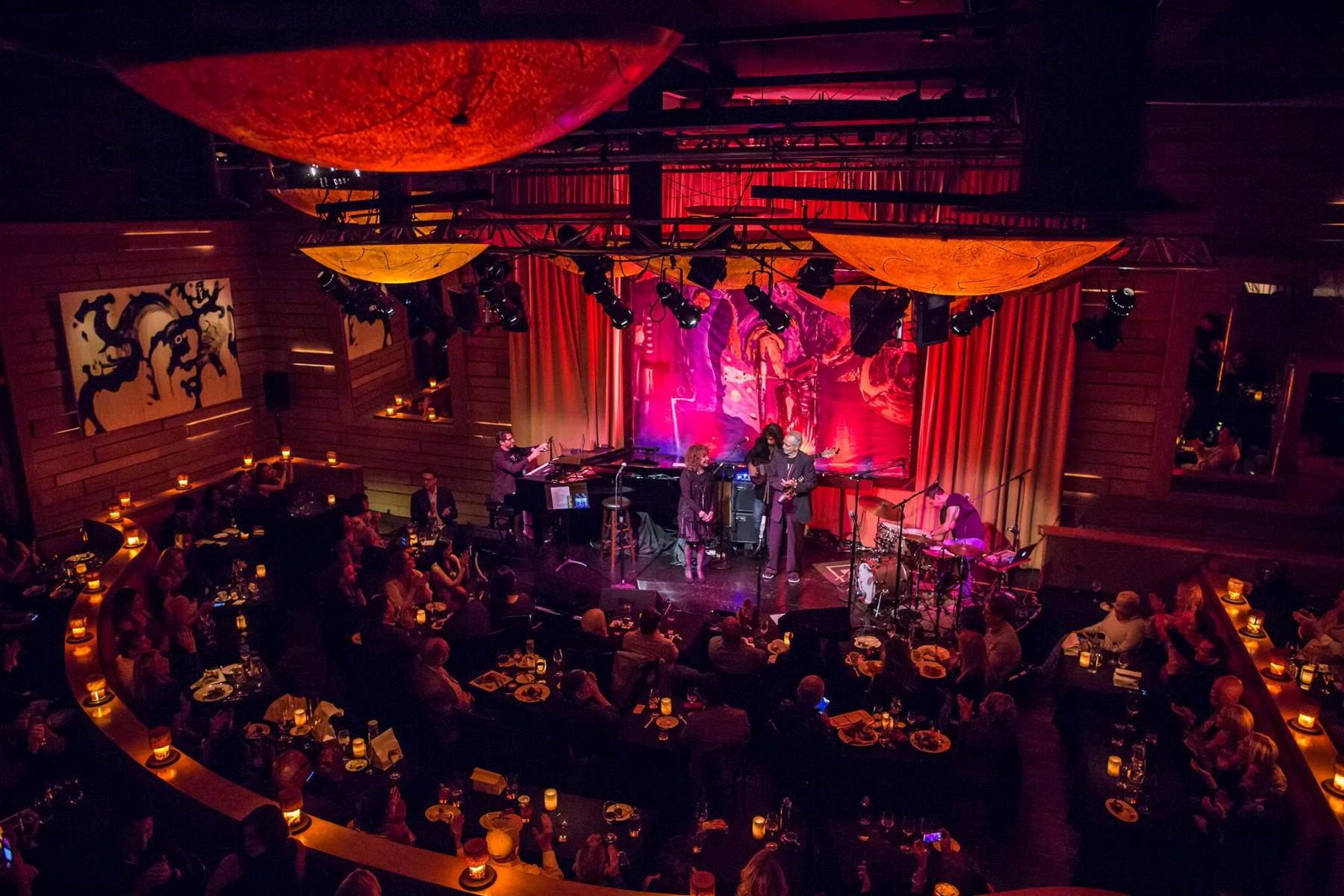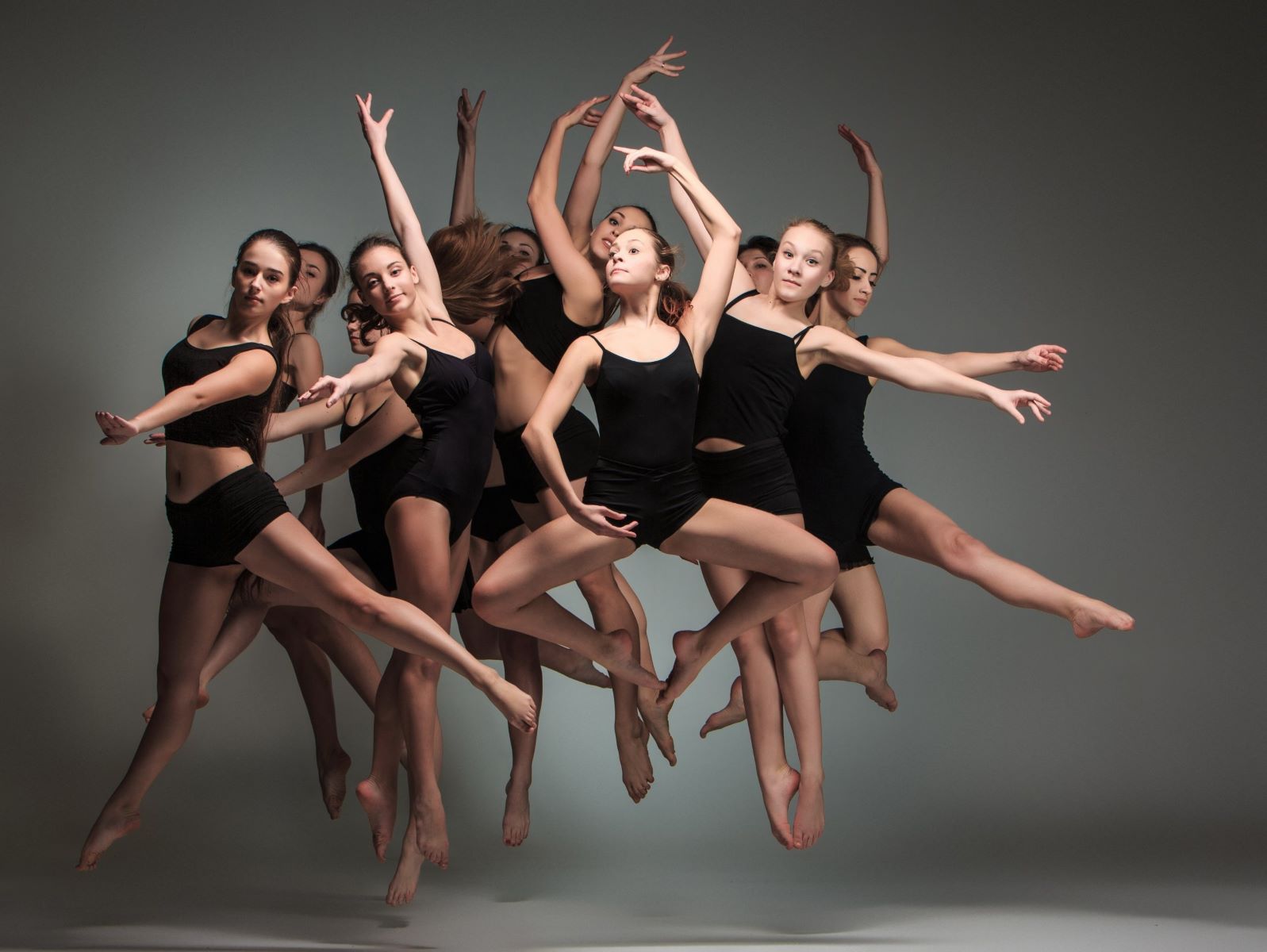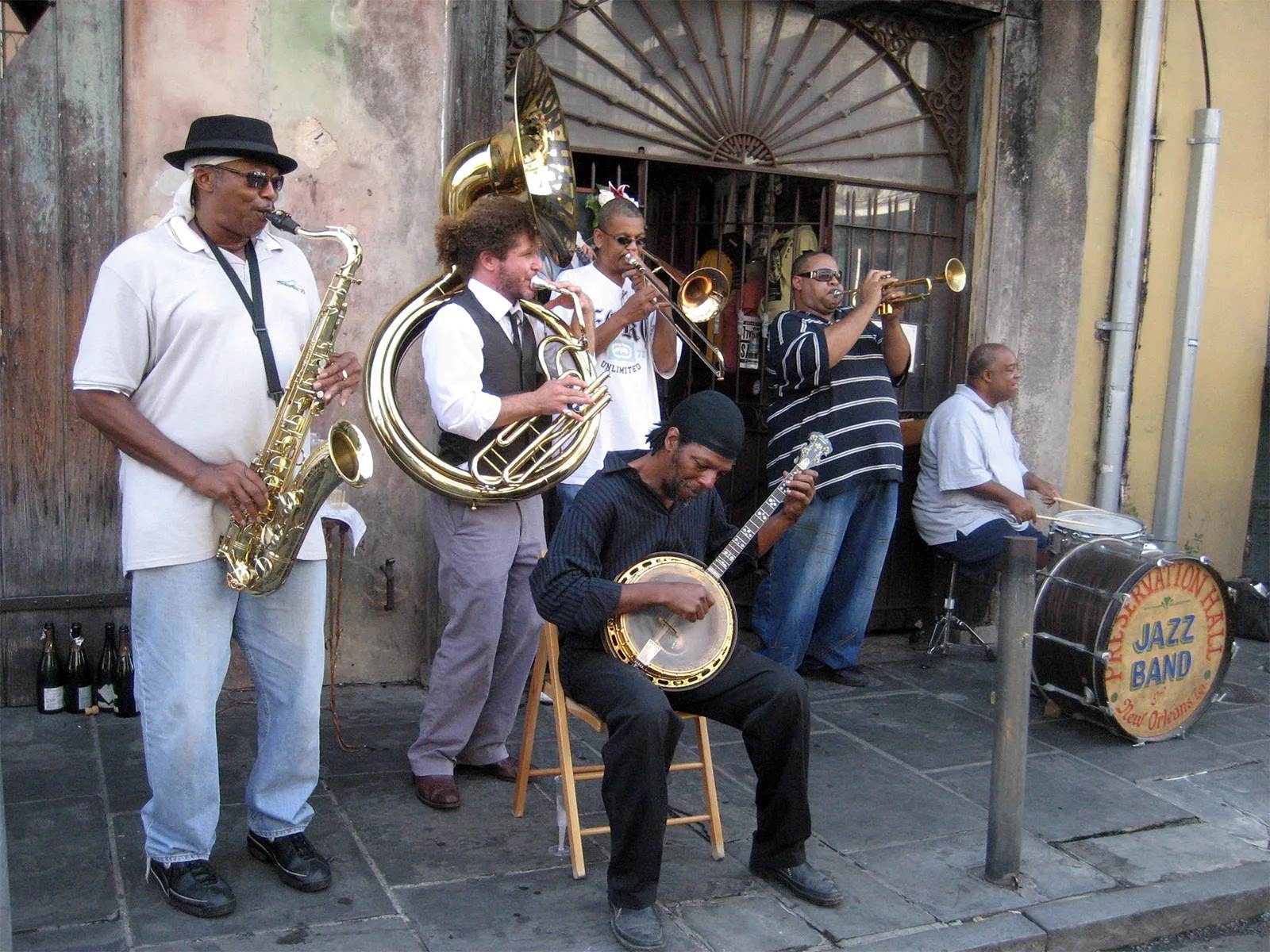Home>Genres>Jazz>What Are The Characteristics Of Jazz Music?
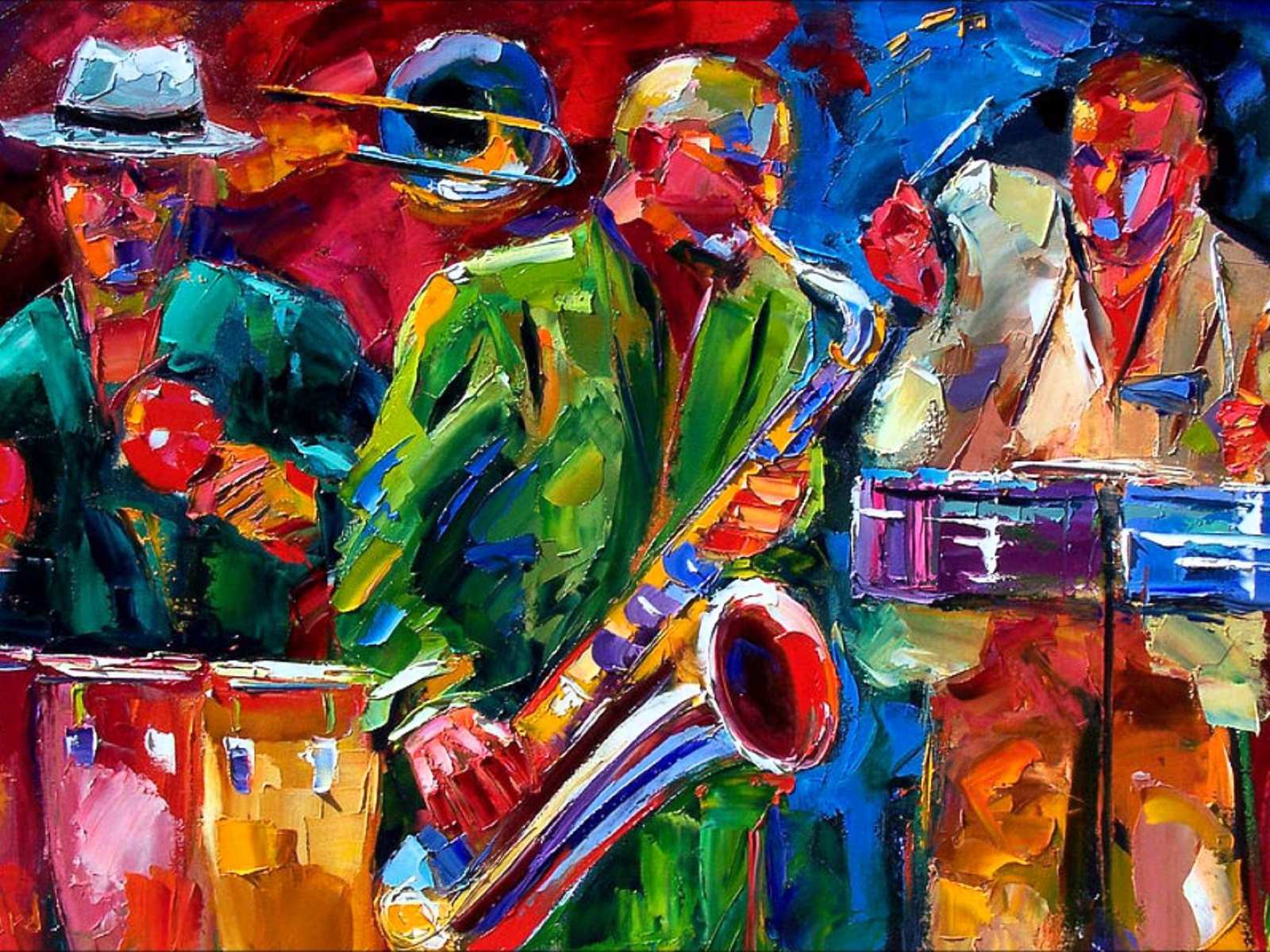

Jazz
What Are The Characteristics Of Jazz Music?
Modified: January 22, 2024
Discover the unique characteristics of jazz music and its influence on culture and history. Learn about the improvisation, syncopation, and distinct rhythms that define the genre. Explore the evolution and impact of jazz on the global music scene.
(Many of the links in this article redirect to a specific reviewed product. Your purchase of these products through affiliate links helps to generate commission for AudioLover.com, at no extra cost. Learn more)
Table of Contents
Introduction
Jazz music, often described as the “sound of freedom,” is a genre with deep roots in American history and culture. Emerging in the late 19th century and evolving through the 20th century, jazz has become a global phenomenon, influencing and being influenced by diverse musical traditions. At its core, jazz is characterized by its unique musical elements, improvisational nature, and rich cultural significance. Understanding the characteristics of jazz music provides insight into its enduring appeal and artistic merit.
Throughout its history, jazz has served as a powerful form of expression, reflecting the social and political landscape of the times. From the lively streets of New Orleans to the sophisticated clubs of New York City, jazz has captivated audiences with its infectious rhythms, emotive melodies, and virtuosic performances. As we delve into the defining characteristics of jazz music, we gain a deeper appreciation for the artistry and innovation that continue to define this vibrant musical genre.
Improvisation
At the heart of jazz music lies the spirit of improvisation, a hallmark that sets it apart from other musical genres. Improvisation in jazz allows musicians to spontaneously create melodies, harmonies, and rhythms, often in response to the energy of a live performance or the interplay with fellow musicians. This creative freedom is a defining characteristic of jazz, fostering a sense of spontaneity and individuality in each rendition of a piece.
When a jazz musician improvises, they draw upon their technical proficiency, theoretical knowledge, and emotional intuition to craft unique musical phrases in real time. This process requires a deep understanding of musical theory and a keen ear for harmony and rhythm. Whether through solos, ensemble interactions, or call-and-response patterns, improvisation infuses jazz performances with an electrifying sense of unpredictability and innovation.
Moreover, the tradition of improvisation in jazz serves as a platform for personal expression and musical dialogue. It allows performers to showcase their distinct styles, pushing the boundaries of conventional musical structures while engaging in dynamic musical conversations with their fellow instrumentalists. The spontaneity and unpredictability of improvisation contribute to the captivating and ever-evolving nature of jazz music, ensuring that no two performances are ever quite the same.
Swing Rhythm
One of the most distinctive and infectious elements of jazz music is its characteristic swing rhythm. This rhythmic quality, often referred to as “swing,” propels the music with a sense of momentum and groove that is instantly recognizable. At the heart of swing rhythm is the concept of syncopation, where offbeat patterns and accents create a lively and danceable feel.
Swing rhythm is deeply intertwined with the history of jazz, particularly during the era of big bands and swing dance culture in the early to mid-20th century. The driving force of swing rhythm lies in its ability to make listeners tap their feet, nod their heads, and move to the music. It infuses jazz with a sense of buoyancy and kinetic energy, inviting audiences to become active participants in the musical experience.
Moreover, the infectious nature of swing rhythm extends beyond its rhythmic patterns. It embodies a feeling of collective joy and communal celebration, reflecting the social and cultural contexts in which jazz often thrives. Whether experienced in the context of a lively dance hall or a contemporary jazz club, the swing rhythm serves as a unifying force, bringing people together through its irresistible pulse and vitality.
Syncopation
Syncopation, a fundamental characteristic of jazz music, adds a layer of complexity and rhythmic intrigue to the genre. It involves emphasizing offbeats or unexpected weak beats within a musical phrase, creating a sense of rhythmic tension and release. This rhythmic technique is integral to the infectious groove and vitality that define jazz music.
Syncopation in jazz often manifests as unexpected accents, polyrhythmic patterns, and intricate interplay between different instrumental voices. This rhythmic complexity challenges listeners’ expectations, inviting them to engage with the music on a deeper level and appreciate the interwoven layers of rhythm within a piece. Syncopation also provides jazz musicians with a rich rhythmic vocabulary, allowing them to infuse their performances with a sense of spontaneity and rhythmic innovation.
Furthermore, syncopation contributes to the dynamic and interactive nature of jazz ensemble playing. It fosters a sense of musical dialogue and exchange, as performers navigate and respond to the shifting rhythmic accents and patterns. This rhythmic interplay adds an element of surprise and excitement to jazz performances, ensuring that the music remains vibrant and engaging, both for the musicians and the audience.
Blue Notes
One of the defining characteristics of jazz music is the expressive use of “blue notes,” which infuse the music with emotional depth and raw intensity. Blue notes refer to the flattened or bent pitches, often the third, fifth, or seventh degrees of the scale, that deviate from the standard Western tuning system. This deviation creates a distinctive melancholic or soulful quality, adding a layer of emotional resonance to jazz melodies and improvisations.
Blue notes are deeply rooted in the African American musical traditions from which jazz emerged, drawing from the rich heritage of spirituals, blues, and gospel music. These expressive pitches reflect the experiences of hardship, resilience, and emotional catharsis within the African American community, serving as a poignant means of musical storytelling and self-expression.
When jazz musicians incorporate blue notes into their performances, they evoke a range of emotions, from longing and sorrow to resilience and hope. These expressive pitches serve as a sonic reflection of the human experience, resonating with audiences on a deeply emotional level. Whether heard in a soulful saxophone solo or a poignant vocal rendition, blue notes contribute to the evocative and deeply personal nature of jazz music, transcending linguistic barriers to communicate profound emotions.
Call and Response
A hallmark of jazz music is the tradition of call and response, a dynamic musical dialogue that fosters interaction and improvisation within a performance. Originating from African musical traditions and later evolving within the context of jazz, call and response involves a musical phrase or motif played by one musician or group (the “call”), which is then answered or echoed by another musician or group (the “response”). This interactive exchange creates a sense of musical conversation, spontaneity, and communal participation.
Within the context of jazz, call and response can unfold in various ways, from instrumental solos and ensemble interactions to the interplay between a soloist and the accompanying rhythm section. This musical exchange allows performers to build upon and embellish each other’s ideas, creating a sense of shared creativity and improvisational freedom. The call and response dynamic also serves as a platform for individual expression, as musicians engage in a musical dialogue that showcases their unique styles and voices.
Moreover, call and response reflects the communal and inclusive nature of jazz music, inviting listeners to become active participants in the performance. Whether experienced in the intimate setting of a jazz club or within the exuberant atmosphere of a festival stage, call and response encourages audience engagement and interaction. This participatory element underscores the democratic and egalitarian spirit of jazz, where musical ideas are exchanged, developed, and celebrated in a collective and inclusive environment.
Instrumentation
The diverse and dynamic instrumentation found in jazz music is a crucial element that contributes to the genre’s rich and multifaceted sound. From the traditional ensembles of the early jazz era to the innovative combinations of modern jazz, the instrumentation in jazz reflects a wide array of instruments and playing styles, each adding a unique color and texture to the music.
Key instruments in jazz include the trumpet, saxophone, trombone, piano, double bass, and drums, forming the core components of traditional jazz ensembles such as big bands and small combos. These instruments play distinct roles in shaping the harmonic, melodic, and rhythmic aspects of jazz compositions and improvisations. The brass and woodwind instruments contribute vibrant melodies and expressive solos, while the rhythm section, comprised of piano, bass, and drums, provides a solid foundation and propulsive energy.
Furthermore, the evolution of jazz has seen the incorporation of a wide range of instruments beyond the traditional jazz ensemble, including guitar, vibraphone, organ, and a variety of world music instruments. This expansion of instrumentation has led to diverse subgenres and fusion styles within jazz, showcasing the genre’s adaptability and openness to musical innovation.
Moreover, the individuality and virtuosity of jazz instrumentalists play a significant role in shaping the genre’s identity. Jazz musicians are celebrated for their technical prowess, improvisational skills, and distinct tonal qualities, with each instrument offering a wealth of expressive possibilities. The interplay between different instruments within a jazz ensemble creates a tapestry of sound, where musical ideas are exchanged, developed, and woven into captivating performances.
Complex Harmony
Complex harmony is a defining feature of jazz music, characterized by its sophisticated chord progressions, extended harmonies, and modal explorations. Unlike many other musical genres, jazz embraces harmonic complexity, often pushing the boundaries of traditional tonal harmony and exploring dissonance, chromaticism, and unconventional chord voicings.
One of the most distinctive aspects of jazz harmony is its use of extended chords, such as ninth, eleventh, and thirteenth chords, which add lush and colorful textures to the music. These extended harmonies contribute to the harmonic richness and depth found in jazz compositions and improvisations, allowing for intricate and evocative harmonic expressions.
Furthermore, jazz harmony often incorporates modal interchange, chromatic alterations, and reharmonization techniques, providing a platform for harmonic innovation and expressive freedom. Musicians explore harmonic tension and release, creating a sense of harmonic unpredictability and emotional resonance within the music.
Moreover, the harmonic language of jazz is deeply intertwined with improvisation, as performers navigate complex chord progressions and harmonic structures in real time. Jazz musicians draw upon their understanding of harmony to create compelling melodic lines and harmonic variations, contributing to the genre’s tradition of spontaneous musical invention.
Complex harmony in jazz reflects the genre’s commitment to artistic exploration and innovation, inviting musicians to engage with harmonic concepts in a deeply expressive and imaginative manner. This harmonic richness contributes to the captivating and intellectually stimulating nature of jazz music, offering listeners a window into the boundless possibilities of musical expression.
Conclusion
Jazz music, with its diverse array of characteristics and traditions, stands as a testament to the boundless creativity and expressive potential of human artistry. From the spontaneous improvisation to the infectious swing rhythm, from the emotive blue notes to the intricate call and response, jazz embodies a spirit of innovation, collaboration, and cultural resonance. Its rich history and evolution have given rise to a genre that continually pushes the boundaries of musical expression, embracing complexity, spontaneity, and inclusivity.
At its core, jazz is a celebration of individuality and collective creativity, where musicians engage in dynamic musical dialogues, weaving together diverse influences and personal experiences. The genre’s commitment to improvisation, complex harmony, and interactive performance reflects its enduring relevance and adaptability in an ever-changing world.
Moreover, jazz’s deep roots in African American musical traditions and its ongoing global influence underscore its role as a unifying force, transcending cultural boundaries and inspiring generations of musicians and listeners. Whether experienced in the intimate setting of a smoky jazz club or on the grand stage of a music festival, jazz music invites audiences to become active participants in its vibrant and ever-evolving narrative.
As we reflect on the characteristics of jazz music, we recognize its capacity to evoke a wide range of emotions, from joy and exuberance to introspection and contemplation. Its infectious rhythms, expressive melodies, and harmonic richness continue to captivate and inspire, ensuring that jazz remains a vital and cherished art form for generations to come.

